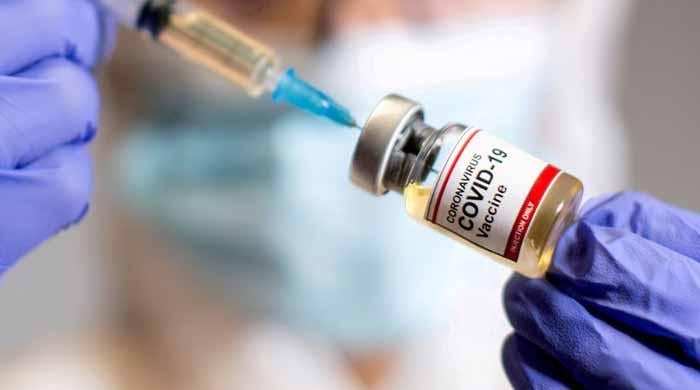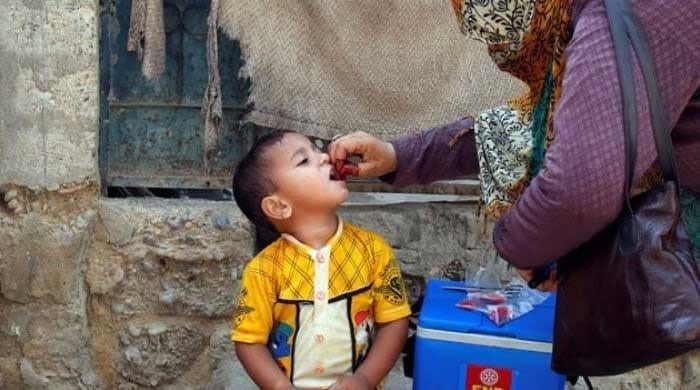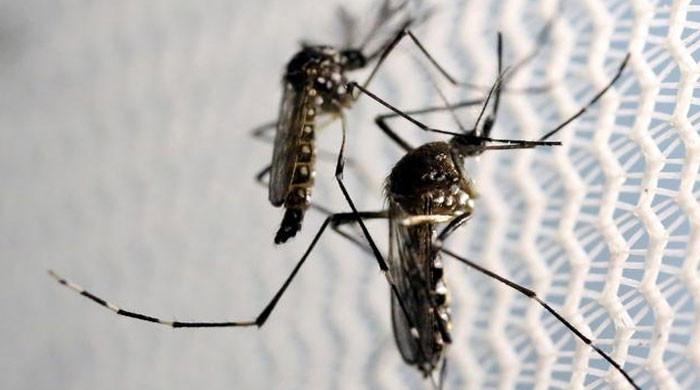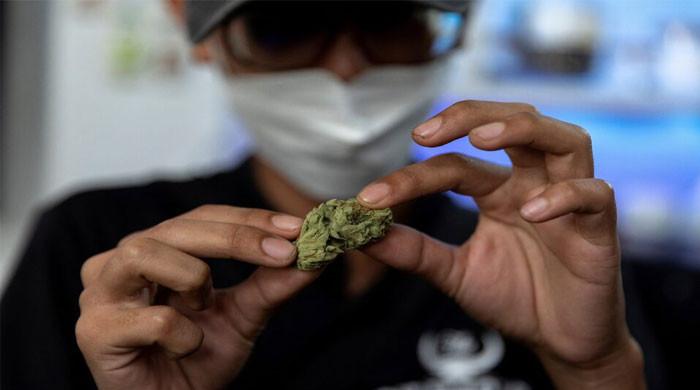Daily COVID-19 death count in Pakistan sees minor increase
Coronavirus kills another 17 people over last 24 hours, pushing death tally to 28,431, NCOC stats show
October 29, 2021
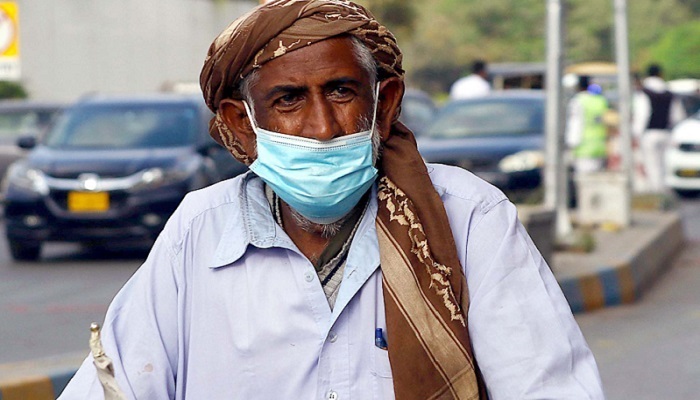
- Pakistan reports 659 more COVID-19 infections during last 24 hours.
- At least 17 people pass away from infection, pushing death tally to 28,431, NCOC data confirms.
- NCOC places positivity rate at 1.46%.
ISLAMABAD: Another 17 people lost their lives from COVID-19 in Pakistan over the last 24 hours, marking a minor increase in the daily death count which had mostly remained in single-digit figures this week, official data from the National Command and Operation Centre (NCOC) showed Friday.
According to the NCOC, 45,093 coronavirus tests were conducted across the country in the last 24 hours, out of which 659 people tested positive.
The NCOC placed the positivity rate at 1.46%. This is the 12th consecutive day on which Pakistan has reported a coronavirus positivity rate of less than 2%.
In addition to this, 931 patients across the country have recovered from COVID-19 in a 24-hour period, bringing the total number of those who have recovered to 1,220,105.
There have been 1,271,687 infections and 28,431 coronavirus-related deaths reported in the country since the pandemic began in 2020. This brings the active case count to 23,151.
Read more: Lowest positivity ratio in Pakistan since govt started measuring COVID-19, says Asad Umar
COVID-19 infections are decreasing in Pakistan, with 600 new infections reported on average each day. That’s 10% of the peak — the highest daily average reported on June 17.
Pakistan has administered at least 102,067,945 doses of COVID-19 vaccines so far. Assuming every person needs two doses, that’s enough to have vaccinated about 23.6% of the country’s population.
During the last week reported, Pakistan averaged about 633,560 doses administered each day. At that rate, it will take a further 69 days to administer enough doses for another 10% of the population.





